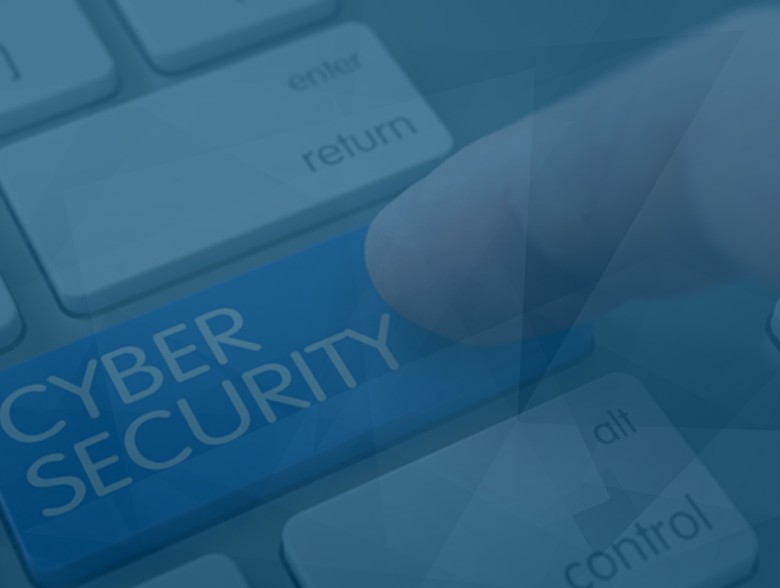By Ms Camellia Chan, Founder and CEO of Flexxon
Shark nets have a notorious reputation: for failing at doing their intended job, giving a false sense of security, and causing great harm to wildlife.
When it comes to addressing the safety of beach goers, the issues with the outdated shark net approach are threefold:
A lack of control over the environment – in a vast natural ocean environment, these ‘safety nets’ repeatedly fail, whether through breakage, gaps that are too large, or anchor points coming loose.
Inability to account for the unknown – scientists estimate that there are over a million species of animals living in the sea; we may be aware of a specific danger but there are many others that lurk beneath the surface.
Continued reliance on human vigilance – a large surface area is difficult to patrol continuously, which means that gaps and lapses in monitoring are commonly overlooked.
The waters of cybercrime just as vast and murky
This real-world analogy perfectly mirrors the need for a revised approach to cybersecurity. In today’s digital world, having to deal with a veritable ocean of an attack surface and unknown cyberthreats are two prominent challenges. Faced with this onslaught, it is unreasonable and sheer folly to expect human decision making to remain a large part of the cybersecurity chain.
At the cloud level, visibility over your infrastructure decreases astronomically. Today, organisations use thousands of instances of cloud services, which is near-impossible for the human mind or even your IT department to keep track of at all times. In August 2022, FortiGuard Labs reported that it had seen over 10,666 ransomware variants compared with 5,400 in the previous six-month period – representing a 100 per cent growth. There are simply too many variables beyond your control, which means that your IT experts and software-based defenses that patrol the external environment are fighting a battle against unseen foes, at all times.
Outside of the hardware level, organisations are playing in an ever-expanding open environment where they will be hard-pressed to protect themselves from all angles. In fact, between Q1 2021 to Q1 2022, the US ranked as the highest region globally to be targeted by ransomware, according to cybersecurity firm Group-IB.
The question then is how do we take control of the environment to protect our most important assets?
Your house, your rules
Revisiting the beach analogy. If I had to choose between the fallible safety net-protected beach and a swimming pool, I’d go for the latter. Why? Because I would know exactly what’s in the water with me, and presumably would have control over that environment.
The same applies when devising a plan to keep cybercriminals away from your valuable data. In this analogy, the software is the ocean and the hardware is the man-made pool. Usage of the cloud is already highly prevalent and has undeniable business benefits. In fact, global expenditure on cloud infrastructure and services grew 13.5% y-o-y between 2020 and 2021., according to a study by IDC. Cloud computing was a lifesaver in the early days of the pandemic, as organisations shifted to remote working arrangements – and adoption will only continue to grow. This is why the idea is not to abandon the use of such a useful innovation, but rather to learn how to build a comprehensive defense posture to reap the benefit of digital innovation.
Specifically, your mission-critical assets such as employee and customer data, and company financial records, are absolutely essential to protect. Rather than allowing such information to float freely in the ocean of the cloud, you might already be storing the data with physical options such as physical servers or local storage devices.
Hardware-based security is also set apart by the fact that it is an extremely niche and specialised area, far more than software development. The US Bureau of Labor Statistics states that there are around 4.3 million software engineers in the US, compared to only 73,600 hardware engineers. This means that it takes a lot more than a casual hacker to launch an attack against your hardware.
While this is an important step in reducing your attack surface and defending against less sophisticated hackers, it unfortunately does not mean that you are safe yet – as the multiple incidents of data breaches in the past year alone have shown. Without an intelligent and fast-acting perimeter defense for hardware storage, hackers will still walk freely into your data vault, wreak havoc, and profit off your misfortune.
Control and sentry your perimeter
So how can organisations create an impenetrable perimeter that keeps would-be intruders out?
To protect data stored at the hardware level, you must create a controlled enclave environment, with limited access points, and continuous monitoring of actions made directly to the device. This is what we set out to do with the X-PHY Cybersecure SSD.
Through the application of Artificial Intelligence (AI) and Machine Learning (ML), the X-PHY steps in to detect potential intrusions intuitively and continuously. Unlike the multitude of behavioural access patterns that AI-embedded software-based defenses must deal with, at the hardware level this can be simplified to just the read and write patterns.
This translates to far greater accuracy, response times, and success rates in detecting threats. Trimming the threat identification algorithms down to read and write patterns will also greatly eliminate the possibility of false positives, thereby removing the need for human intervention.
Joining forces to thwart cybercriminals.
The end-goal is to be able to continue benefiting from the countless digital applications that have elevated modern business operations, while protecting ourselves better from cybercrime.
Embracing the idea of a necessary alliance between the private and public sectors, and hardware and software-based defenses is vital and represents the next generation of cybersecurity defenses. To make that transition, a mindset shift across the industry is the first step. We cannot let the sheer volume of cyber incidents become a mere statistic for us as business leaders, it must serve as a wake-up call that jolts us into action.
Encouraging steps have been taken globally, from the multi-national taskforce set up by the White House’s Counter Ransomware Initiative that encourages open discourse and smoother collaboration between the public and private sectors, to traditional B2B and B2C operators embracing the need for physical layer protection. As with introducing any new technological concept, a period of education and sandboxing is to be expected. We are heartened to have met with many like-minded corporations that are aware of the current state of cybersecurity and are looking beyond existing frameworks to strengthen our defences. These organisations include Lenovo and ASUS, as well as distributors such as Digi-Key and World Micro. Such willingness to explore new avenues in creating a holistic cybersecurity posture is an important first step, and business leaders should adopt similar innovation and safety-led mindsets to rethink frameworks when building their organisation’s IT infrastructure.
As guardians of each organisation, leaders must adopt this updated cybersecurity approach and advocate for a more holistic cybersecurity stack that comprises the seven layers of cybersecurity architecture identified in the OSI Model. Work with cybersecurity advisors, hardware solutions providers, educate your teams, and start integrating multi-layered hardware solutions into your infrastructure.
1 FortiGuard Labs Reports Ransomware Variants Almost Double in Six Months. Retrieved from: https://www.fortinet.com/corporate/about-us/newsroom/press-releases/2022/fortiguard-labs-reports-ransomware-variants-almost-double-in-six
2 Ransomware Uncovered 2021/2022. Retrieved from: https://www.group-ib.com/resources/threat-research/ransomware-2022.html
3 Cloud Infrastructure Spending Closes Out the Fourth Quarter and 2021 with Strong Growth, according to IDC. Retrieved from: https://www.idc.com/getdoc.jsp?containerId=prUS48998722
About the Author
 Camellia Chan is the CEO and Founder of Flexxon. She founded Flexxon in 2007 as a global company that specialises in next generation hardware-based cybersecurity solutions and industrial NAND flash storage devices. Camellia oversees the company’s business development and growth, industry partnerships, and expansion to regional and global markets.
Camellia Chan is the CEO and Founder of Flexxon. She founded Flexxon in 2007 as a global company that specialises in next generation hardware-based cybersecurity solutions and industrial NAND flash storage devices. Camellia oversees the company’s business development and growth, industry partnerships, and expansion to regional and global markets.
With a passion for innovation and a strong entrepreneurial spirit, Ms. Chan established the critical building blocks of Flexxon’s brand and business in its early years and continues to guide the company forward by constantly pushing the boundaries of innovation. Ms. Chan is driven by the desire to use technology for good, and strives to create a safer space for citizens of the digital economy. Through the company’s work in the cybersecurity space, Flexxon is charting a path forward that will not only help combat cybercrime more incisively, but deliver inclusive solutions. To achieve this, the company’s solutions are designed to be cost-effective, user-friendly, and easily accessible.
Camellia can be reached online at [email protected] and at our company website https://x-phy.com/.


